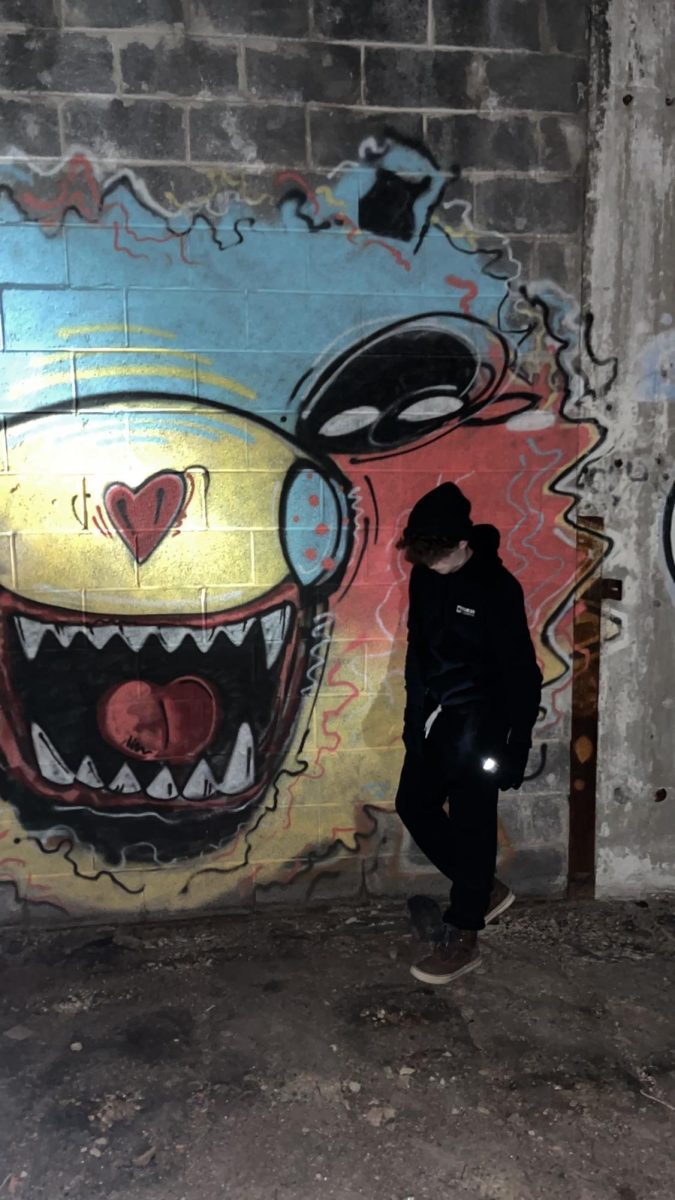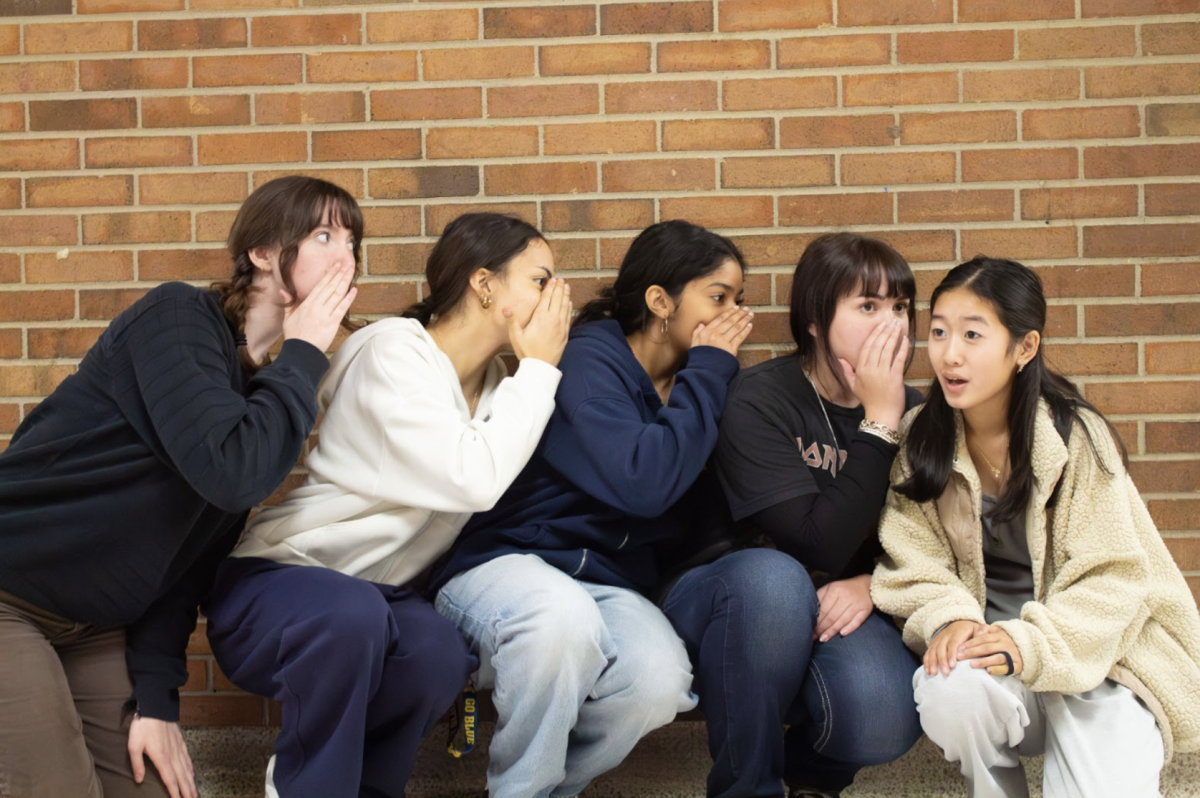Graffiti has been a long subject of debate, often dismissed as mere vandalism by critics while being celebrated as a legitimate form of artistic expression, many may argue that it is nothing but a mess and vandalism. I believe graffiti is undeniably art. It embodies creativity, individuality and a unique form of communication that resonates with diverse audiences.
Graffiti serves as a powerful medium for self expression. Artists use public spaces to convey their thoughts, emotions, and social commentary. This form of art often reflects the culture and issues of the community it originates from, making it a visual representation of societal sentiments. For example, many graffiti pieces address themes such as inequality, injustice, and identity, sparking conversations that might not occur otherwise. This ability to provoke thought and dialogue is a vital example of true art.
Additionally, the skill involved in creating graffiti cannot be overlooked. Many graffiti artists spent years perfecting their craft, mastering techniques that require precision, creativity, and an understanding of color and composition. The intricate designs and the sheer scale of some pieces demonstrate a level of artistic talent that deserves recognition just like traditional forms of art, graffiti can be beautiful and thought provoking, transforming dull urban areas into vibrant galleries that invite viewers to engage with the artwork.
Graffiti is a legitimate form of art and expression that deserves appreciation rather than condemnation. It challenges the boundaries of what we consider art and encourages us to look beyond conventional definitions. As society evolves, so too should our understanding of artistic expression, embracing the diverse forms it can take, including the colorful and often controversial world of graffiti.










